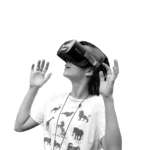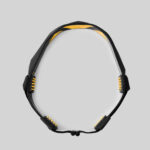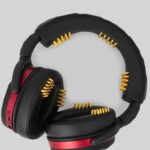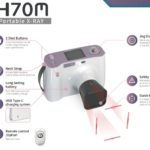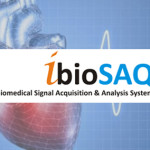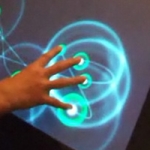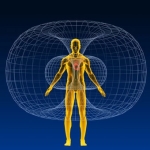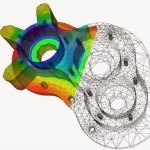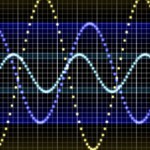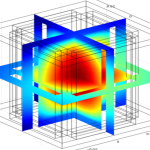Malaria is an infectious disease caused by microorganism and it poses major threat to global health zone. Brisk and accurate diagnosis is required to control the disease. Various works are going on analysing microscopic images to point out the presence of infection.
According to the World Health Organization (WHO), it causes more than 1 million deaths arising from approximately 300–500 million infections every year. Manual microscopy for the examination of blood smears is widely accepted as a good standard for malaria diagnosis.
An automated diagnosis system can be designed by understanding the diagnostic expertise and representing it by specifically tailored image processing, analysis and pattern recognition algorithms. A complete system must be equipped with functions to perform: image acquisition, pre-processing, segmentation (object localization), and classification tasks. In order to perform diagnosis on peripheral blood samples, the system must be capable of differentiating between malarial parasites, artefacts, and healthy blood components.
According to WHO, diagnosis initially requires determining the presence (or absence) of malarial parasites in the examined specimen. Then, if parasites are present two more tasks must be performed: 1) identification of the species and life-cycle stages causing the infection and 2) calculation of the degree of infection, by counting the ratio of parasites vs. healthy components (i.e. parasitaemia).
Scope:
- Detecting the severity of affected cells
- Classification of the species for appropriate treatment
The objective of the project is to develop an image processing algorithm to automate the diagnosis of malaria on thin blood smears. The image classification system could positively identify malaria parasites present, and differentiate the species of malaria. Morphological and novel threshold selection techniques can be used to identify erythrocytes (red blood cells) and possible parasites present on microscopic slides. Image features based on colour, texture and the geometry of the cells and parasites will be generated and studied. The extracted features could be properly classified to distinguish between true and false positiveness and then to diagnose the species of the infection. The sensitivity and positive predictive value is measured.

